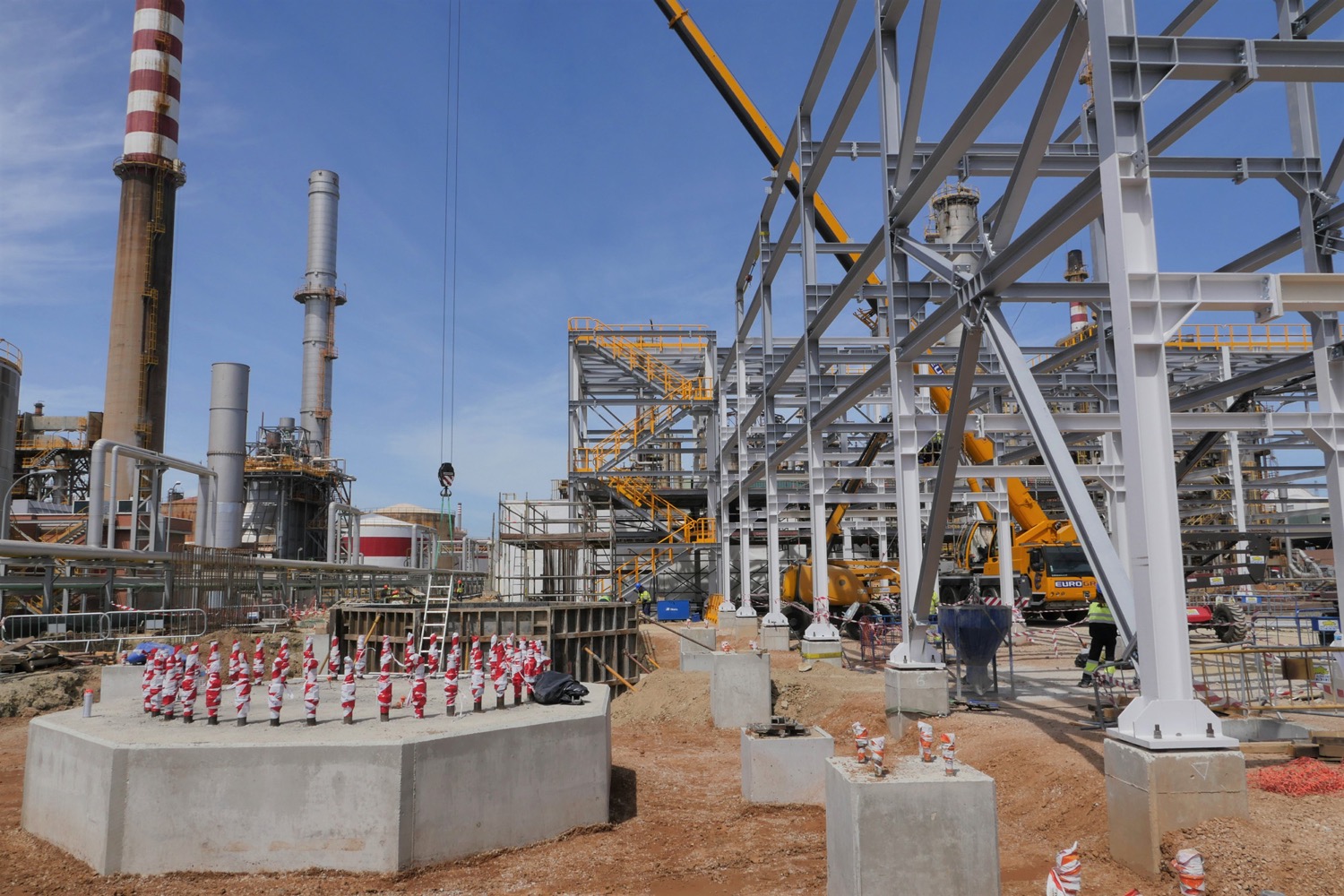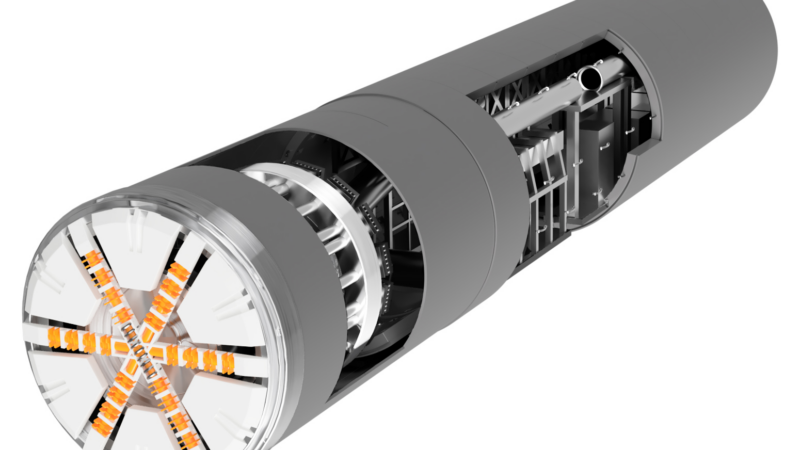-The Puente Mayorga Chemical Plant is being upgraded to make it the first in the world to replace HF technology with the Detal system
-Cepsa, the global leader company in LAB production, presented this project at CESIO 2019,the the biggest international surfactants congress
-In 1969, this facility was the world“s first LAB plant with HF technology. Fifty years later, it is being upgraded with the best technology available, developed by Cepsa and UOP.
Cepsa is upgrading one of its most emblematic chemical plants, located in Puente Mayorga (Cadiz, Spain), making it the first linear alkyl benzene (LAB) facility in the world to replace hydrofluoric (HF) technology with the Detal process, resulting in a more efficient and sustainable operation.
The company presented this project at CESIO 2019, the largest international surfactant congress. With an investment of EUR100 million, Cepsa plans to revitalize the plant, making it the first in Europe and the second in the world to use a cutting-edge fixed-bed Detal catalyst (the first plant to have this innovation was the company’s Canadian facility).
The new plant will be completed in 2020. The new technology will allow production of all commercial LAB grades (high and low 2-phenyl) in the same installation, with total flexibility, depending on the demand. This versatility allows the company to meet the specific demands of each client. Detal technology, in addition to improving the quality of the product, will increase the efficiency of the plant and reduce its emissions, since it requires lower consumption of natural gas and electricity.
Furthermore, the digital transformation programs designed by the company will also be installed. The YET (Yield, Energy and Throughput) system, an artificial intelligence program and the application of Industry 4.0 technologies (machine learning, big data and advanced analytics), will optimize processes and improve the plant’s energy efficiency.
This process will also allow the plant“s LAB production capacity to increase by 50,000 tons (a 25% increase), with the aim of supplying the growing consumption of emerging economies in Africa. The company estimates that between now and 2035, the demand for LAB in these countries will grow by 5% annually.
During the presentation of the project at CESIO 2019, Salvador García Claros, Director of Development and Innovation of the chemical area of Cepsa, pointed out: „we are world leaders in both the production of LAB and the development of the best technology to produce it, used in more than 80% of the new plants that are built worldwide. Our experience and leadership have now led us to be the first to install Detal technology in a plant built for HF. We are convinced that this upgrade will bring greater competitiveness to this plant, as well as increasing our capacity to meet the growing surfactants demand“.
LAB is the precursor to linear alkylbenzene sulfonate (LAS), the world’s most widely used biodegradable surfactant in laundry detergents. LAS was launched more than half a century ago and its excellent properties make it a necessary ingredient both in traditional detergent formats (powder or detergent bars) and in more sophisticated products (single-dose capsules or high-concentration liquid detergents).
50 years of innovation and commitment
50 years on from its original construction, this upgrade will enable the Puente Mayorga chemical plant to regain its status as an outstanding facility in the field of surfactants, both in terms of technology and sustainability. Half a century of history in which innovation and commitment to the environment have always gone hand in hand:
– 1969: Production begins at the Puente Mayorga facility, the first in the world to produce LAB using HF technology. It contributes to the replacement of the surfactants common in that period, branched alkylbenzenes (TPB; tetrapropylene benzene), both harmful to the environment due to their slow biodegradability and responsible for the formation of foams in rivers and lakes.
– 1995: Cepsa installs Detal technology at its chemical plant in Canada, the most efficient, safe and sustainable technology to produce LAB with a fixed bed catalyst. The company developed this technology together with Universal Oil Products (UOP) and previously tested it in a semi-industrial unit of the Puente Mayorga Chemical Plant.
– 2009: Thanks to their continuous investment in R+D+i, Cepsa and UOP make a breakthrough in their technology: Detal-Plus, an evolution that incorporates a transalkylation process, whose main advantage lies in decreased consumption of raw materials.
– 2019: By revamping its Puente Mayorga Chemical Plant, Cepsa reaffirms its position as a leading innovator in the sector. The innovations in this project include the replacement of the HF technology with the Detal Flex 2 Phenyl technology, once again making it one of the sector“s leading facilities.
Cepsa Chemicals
Cepsa“s Chemicals unit has plants in Germany, Brazil, Canada, China, Spain and Indonesia, and markets its products worldwide. The company is a global leader in the manufacture of raw materials such as LAB and cumene and is the world“s second largest producer of phenol and acetone.
Cepsa“s chemicals operations are highly integrated with its refining business. This allows it to produce high value-added products that are used as raw materials for other industries with multiple end uses: high technology plastics, biodegradable detergents, synthetic fibers and pharmaceutical products, among others. www.cepsa.com
Company-Contact
Cepsa
Marta Llorente Señorans
Cepsa Tower, Paseo de la Castellana 259
28046 Madrid
Phone: (+34) 91 337 62 02
E-Mail: medios@cepsa.com
Url: http://www.cepsa.com
Press
Lermann Public Relations
Sylvia Lermann
Enzianstr. 2c
85591 Vaterstetten
Phone: 08106-300 899
E-Mail: sylvia@lermann-pr.com
Url: http://www.lermann-pr.com
Bildquelle: Cepsa







